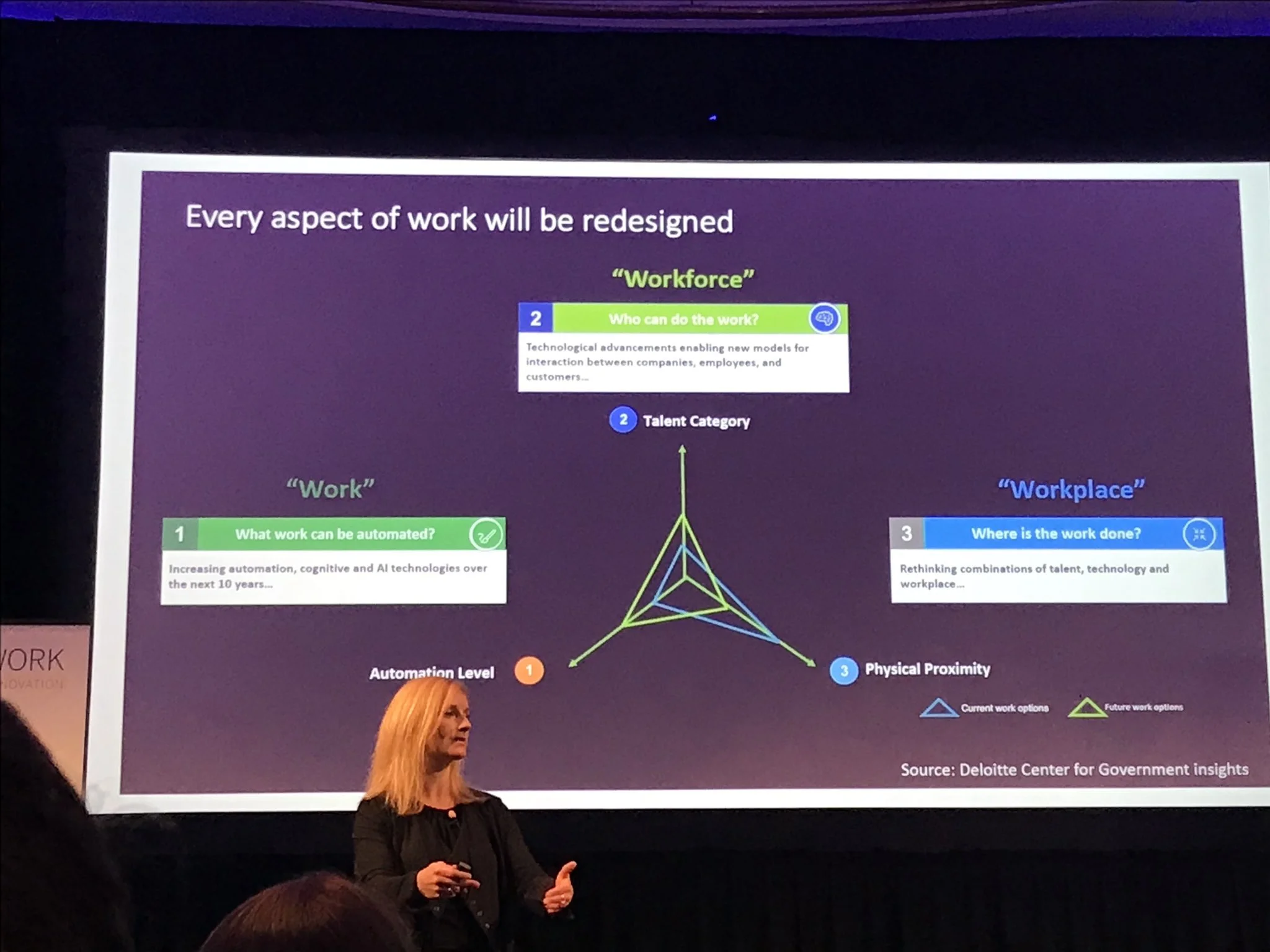Innovators—including government innovators—should be paying attention to prizes because they work, because they add another tool to their innovation tool belt, and because they are already being used by a typical late adopter—the government. I’ve been a student of prizes and competitions in government for several years now—there is always something to learn: a new success story, an understanding of new enabling legislation, a new prize structure you’ve never seen before, etc. It’s a fascinating field because every prize is different: if you’ve seen one prize… you’ve only seen one prize.
So why do prizes, in fact, matter? Why should the next generation of leaders be thinking about them? Bottom line: they work. (Check out the Prezi I created for a recent lecture I gave at MIT on this topic for more details on the assertions and examples below)
Before I dive into some examples of how they’ve been proven to work though, it’s important to set context: I’m not only referring to app contests and video competitions, which can be great introductions to Agencies about the process for conducting a prize, but more importantly prizes that are specifically designed to solve root cause issues that have been pervasive in their sector for some time.
Often government is a very late adopter of new tools, technologies or approaches, but that’s not the case when it comes to prizes. Prizes are resulting in real value and tangible technology innovations. And there’s not just one example—the list of success stories is growing every day. For example, prizes have brought real solutions to bear for many sticky problems, including:
Transportation Energy Efficiency: This October, NASA awarded the first place prize of $1,350,000 in the Green Flight Challenge sponsored by Google to Pipistrel-USA.com of State College, PA, and second place prize of $120,000 to eGenius of Ramona, CA. The winning teams, which were both electric powered, shattered the fuel efficiency requirement by achieving about twice the required 200 passenger miles per gallon.
Energy Efficiency: The first L Prize (a prize sponsored by the Department of Energy) category targets the 60-watt bulb because it is one of the most widely used types of light bulbs by consumers, representing roughly half of the domestic incandescent light bulb market. As the first entrant in the 60-watt category to successfully meet the full competition requirements in Fall 2011, Philips Lighting will receive a $10 million cash prize as well as L Prize partner promotions and incentives.
International Development: The Gates Foundation and USAID have partnered for the Haiti Mobile Money Initiative (HMMI), a $10 million incentive fund to jumpstart financial services by mobile phone in Haiti and expedite the delivery of cash assistance to victims of the country’s devastating earthquake by humanitarian agencies. This initiative lays the foundation for advanced banking services that could help millions of Haitians lift themselves out of extreme poverty. In January of this year, Haitian mobile operator Digicel won a $2.5 million award for being the first to launch a mobile money service in Haiti, Tcho Tcho Mobile, that meets the competition’s stringent criteria. The second operator to launch a mobile money service within 12 months will receive $1.5 million. Another $6 million will be awarded as the first 5 million transactions take place, divided accordingly among those that contributed to the total number of transactions.
The fact that prizes have been shown to incentivize the creation of new and innovative solutions, when designed and executed properly, means that innovators should be paying attention to them.
We have to keep in mind that each prize is unique because of incentives, solvers, structural designs, and sequencing required to solve the problem at hand are each unique. And because there’s no formula to do them correctly they are very hard to teach (though folks like McKinsey, Jaison Morgan, the General Services Administration, Tom Kalil, Peter Diamandis, Karim Lakhaniand others have published great information about what makes them tick). The truth is, there are many flavors of prizes that each have their own unique benefits and drawbacks. An understanding of different prize types is a huge resource to add to your innovation tool belt. Actually, I think it’s an innovator’s responsibility to understand them.
A large case for the value of prizes can be made but I can’t neglect to mention that there are also naysayers. Prizes are one tool in a rather large tool belt to stimulate innovation. Grants, contracts, loans, concessions, public private partnerships, and a host of other tactics can also be applied as appropriate. Given this context, questions about prizes as a legitimate government procurement mechanism have been raised and others feel like prizes can be seen as a “waste of taxpayer dollars” when the government is footing the bill. Personally, I think a debate on this issue is very healthy.
So what do you think? Has enough of a business case been made to get more innovators thinking about using prizes? Or are there areas of study and concrete examples that still need to be explored? What would help you make the best case for adding prizes to your “innovator toolkit”?
As always, if you have any questions feel free to reach out to me at @jenngustetic.
(Note: Originally posted on the Phase One Consulting Group, Government Transformation Blog for a special featured Govloop series when I was an employee there. www.phaseonecg.com/blog)




